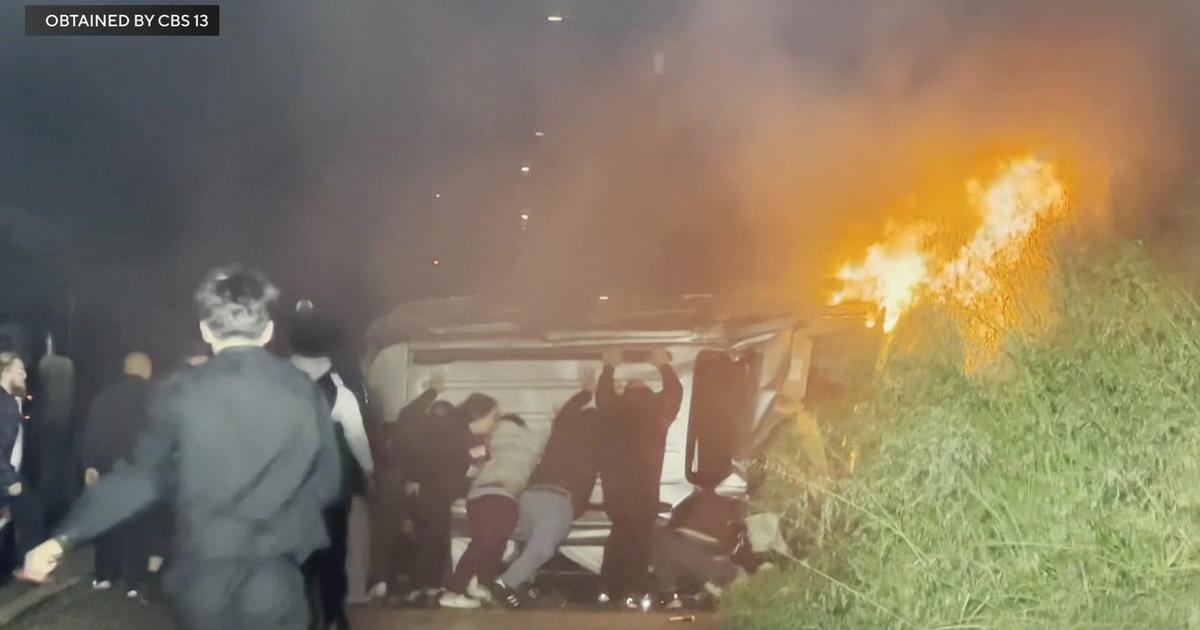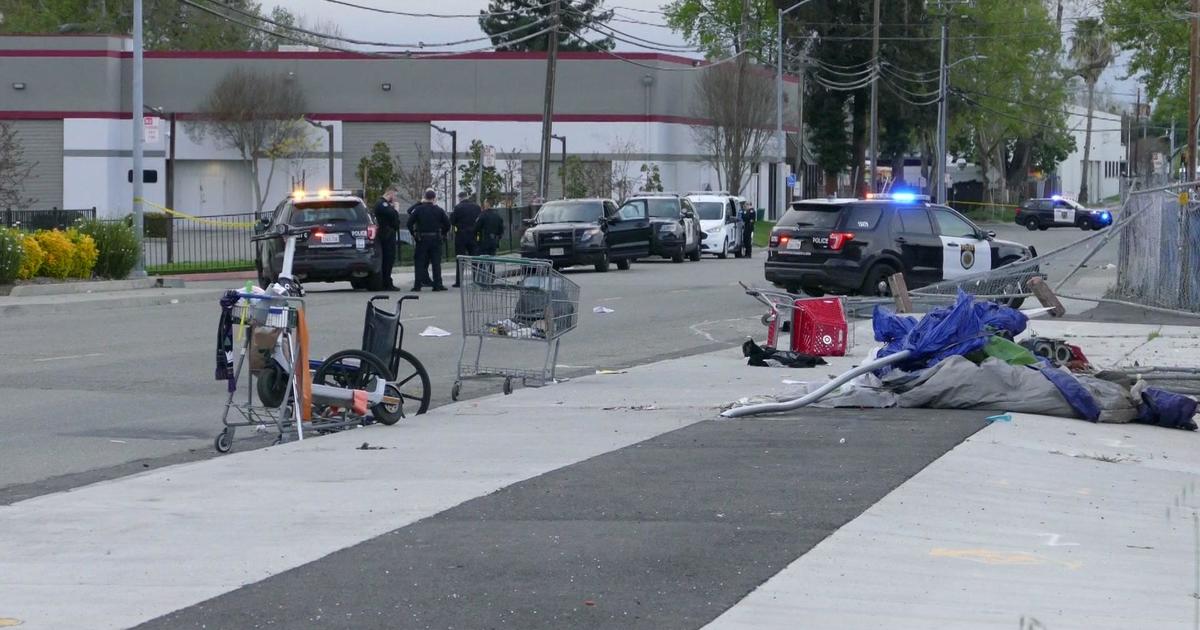NTSB: Asiana Captain Worried About Visual Landing
WASHINGTON (AP) — The pilot whose Boeing 777 crashed last summer at the San Francisco airport told investigators he was "very concerned" about attempting a visual approach without the runway's instrument landing aids, which were out of service because of construction, according to an investigative report released Wednesday.
Lee Kang Kuk, a 46-year-old pilot who was landing the big jet for his first time at San Francisco, "stated it was very difficult to perform a visual approach with a heavy airplane." The jet crash-landed after approaching too low and slow in an accident that killed three people and injured more than 200, according to the National Transportation Safety Board.
A visual approach involves lining the jet up for landing by looking through the windshield, as well as using numerous other cues.
The investigative report was released at the start of a daylong NTSB hearing. The hearing was called to answer lingering questions about the crash, not to conclude exactly what went wrong.
Though Lee was an experienced pilot with the Korea-based airline, he was a trainee captain in the 777, with less than 45 hours in the jet. He had not piloted an airliner into San Francisco since 2004, according to NTSB investigator Bill English.
Lee told investigators that he realized others had been safely landing at San Francisco without the glide-slope indicator, an array of antennas that transmits a signal into the cockpit to guide the descent. That system was out of service while the runway was expanded. It has since been restored.
In his interview with investigators, the trainee said "everyone else had been doing the visual approach, so he could not say he could not do the visual approach."
Lee also conceded that he was worried about his unfamiliarity with the 777's autoflight system. He admitted he had not studied the systems well enough and thought that the plane's autothrottle was supposed to prevent the jet from flying below minimum speed as it drew near the runway.
But two other Asiana pilots who took an instruction class with Lee said that they were told that the throttle hold did not automatically re-engage under certain autopilot modes.
When asked if he was concerned about his ability to perform the visual approach, Lee said "very concerned, yeah."
"This pilot should never have taken off," said attorney Ilyas Akbari, whose firm represents 14 of the passengers. "The fact that the pilot was stressed and nervous is a testament to the inadequate training he received, and those responsible for his training and for certifying his competency bear some of the culpability for the tragedy of this crash."
Lee told investigators that as he realized his approach was off, he was worried he might "fail his flight and would be embarrassed."
Another Asiana pilot who recently flew with Lee told investigators that he was not sure if the trainee captain was making normal progress and that he did not perform well during a trip two days before the accident. That captain described Lee as "not well organized or prepared," according to the investigative report.
Asiana's chief pilot told investigators that the airline recommended to pilots that they use as much automation "as possible."
He also said that the airline told its pilots to turn off the 777's autopilots below 1,000 feet when making visual approaches to airports. But a former Asiana pilot told the board that Asiana pilots were rarely allowed to practice visual approaches on landing and that many trainee pilots "did not feel confident and did not want to make any mistakes."
An NTSB review of Asiana's 777 landings found that nearly 78 percent were done manually, while 17 percent were handled by autoflight systems.
The agency did not say whether Asiana's reliance on automatic landings was greater than the industry norm.
Recordings from the cockpit show Lee took over the controls as the autopilot disconnected when the plane was about 1,500 feet above San Francisco Bay and closing in fast on the airport.
Lee insisted in interviews that he had been blinded during a critical instant before the botched landing by a piercing light from outside the aircraft. NTSB investigators repeatedly probed him about the light, but he was unable to pinpoint its origin or how it precisely affected him.
An instructor pilot said he never saw a bright light outside the aircraft.
According to a transcript of the Asiana plane's cockpit voice recorder, the crew did not comment on the jet's low approach until it reached 200 feet above the ground.
"It's low," an unnamed crewman said at 11:27 a.m.
In an instant, the plane began to shake.
At 20 feet, another crewman broke in: "Go around," he said. But It was too late.
NTSB investigators also raised concerns about a safety certification issue involving the design of Boeing 777's controls, warning that the plane's protection against stalling does not always automatically engage.
When the plane's autothrottle is placed in a "hold" mode, as it was during the Asiana flight, it is supposed to re-engage or "wake up" when the plane slows to its minimum airspeed.
But a primary project pilot who oversaw the Boeing 787 flight tests for the Federal Aviation Administration told the NTSB that both the 787 and the 777 have the same anti-stall protection systems — and that the wake-up system did not always work when tested at minimum speeds.
Boeing's retired 777 chief pilot, John Cashman, underscored that auto controls are not designed to replace pilots.
"The pilot is the final authority for the operation of the airplane," he said.
Copyright 2013 The Associated Press. All rights reserved. This material may not be published, broadcast, rewritten or redistributed.



